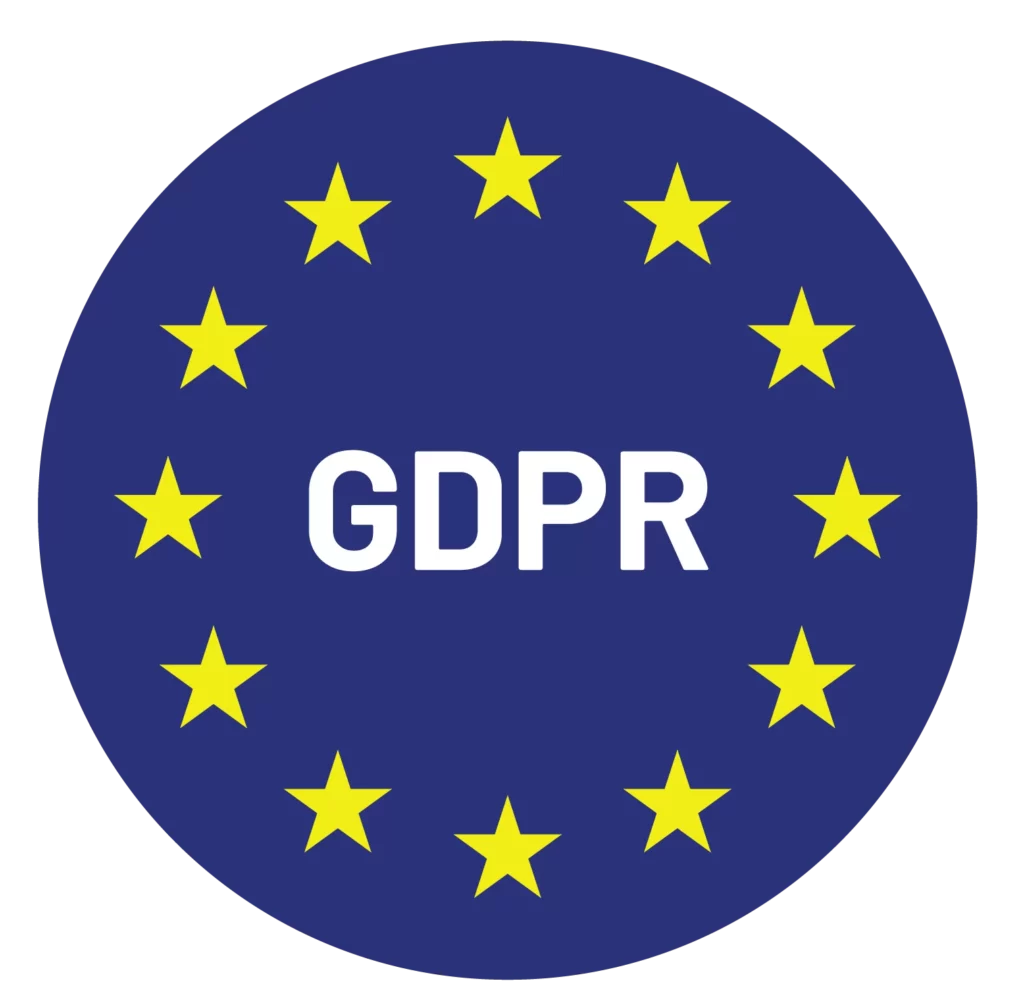Building successful relationships with clients begins long before the first coaching session. An effective onboarding process sets the tone for a positive coaching experience and helps relationship coaches understand clients on a deeper level.
In this article, we explore the importance of a well-crafted new client onboarding form for relationship coaches and the key elements that should be included to ensure a smooth and productive coaching journey.
Why onboarding matters
Establishing trust
A comprehensive onboarding form serves as the foundation for trust between relationship coaches and clients. By collecting essential information about the client’s background, goals, and expectations, you can tailor your approach and demonstrate a genuine commitment to understanding the client’s unique needs.
Setting expectations
Clearly defining the coaching process and expectations from the beginning helps relationship coaches manage client expectations. You can use the onboarding form to outline the coaching structure, communication methods, and any necessary commitments from both parties.
Personalization for better results
Every client is unique, and a one-size-fits-all coaching approach may not yield the best results. The onboarding form allows you to gather insights into the client’s personality, communication style, and specific challenges, enabling you to tailor your coaching strategies for maximum effectiveness.
Key elements of a new client onboarding form
1. Contact Information:
- Full name
- Email address
- Phone number
- Preferred method of contact
2. Background and history:
- Relationship status (single, in a relationship, married, etc.)
- Brief relationship history, including significant milestones and challenges
- Previous experiences with relationship coaching or counseling, if any
3. Current relationship challenges:
- Identify specific challenges or issues the client is currently facing in their relationships
- Clarify the client’s expectations for resolving these challenges through coaching
4. Communication preferences:
- Preferred communication method (email, phone, video call)
- Frequency of check-ins and preferred timing for coaching sessions
- Any specific preferences for communication style or feedback
5. Personal and relationship goals:
- Personal development goals related to relationships
- Specific relationship goals (e.g., improving communication, building trust, resolving conflicts)
- Short-term and long-term objectives for the coaching relationship
6. Values and beliefs:
- Explore the client’s values and beliefs regarding relationships
- Identify any cultural or personal factors that may influence their approach to relationships
7. Expectations and commitments:
- Clarify what the client expects from the coaching relationship
- Outline the coach’s role and responsibilities
- Establish commitments from both the client and the coach for a successful coaching journey
8. Confidentiality and privacy:
- Explain the coach’s commitment to confidentiality
- Outline any legal or ethical limitations to confidentiality
- Provide reassurance about the privacy of the coaching relationship
9. Preferred coaching style:
- Inquire about the client’s preferred coaching style (e.g., directive, collaborative, solution-focused)
- Understand how the client responds to feedback and guidance
10. Assessment tools and questionnaires:
Include relevant assessment tools or questionnaires to gather more detailed insights into the client’s personality, communication style, or relationship dynamics
11. Emergency contact information:
Obtain emergency contact details in case of critical situations or if the client becomes unreachable
12. Payment and logistics:
- Discuss payment details, scheduling, and any logistical considerations
- Provide information on cancellation policies and rescheduling procedures
Executing a new client onboarding form
Executing a client onboarding form effectively involves a systematic approach to collecting, managing, and utilizing the information gathered. Here’s a step-by-step guide on how to execute a client onboarding form for relationship coaches:
1. Choose a platform
Decide on the platform or method through which you’ll collect client information. Options include online forms, paper forms, or dedicated onboarding software. Online forms, created through platforms like Google Forms, Typeform, or your coaching website, offer convenience and easy data management.
Even better is digital coaching platform such as Simply.Coach, that will execute the onboarding form as part of the larger client engagement. Simply.Coach will handle everything from sending the onboarding form out to sending reminders for responses, gathering responses, and creating reports.
2. Design your onboarding form
Create a comprehensive onboarding form that covers key information relevant to your coaching services. Ensure that the form is user-friendly, easy to understand, and includes clear instructions. Break down the form into sections to address different aspects of the client’s background, goals, and expectations. Don’t forget to double check the elements listed in the previous section!
3. Communication and introduction
Introduce the onboarding form to clients as part of the initial communication. Clearly explain the purpose of the form and highlight its importance in tailoring the coaching experience to their needs.
5. Accessibility
Ensure that the onboarding form is easily accessible. If using an online platform, provide a link through email, your coaching website, or any other communication channels. For paper forms, make sure they are readily available and easy to submit.
With Simply.Coach, sending an onboarding form is as easy as sharing a link with clients, and it’s always easily accessible to you along with the client profile on the platform. No need for multiple platforms for creating/sharing/storing the form!
6. Set a deadline
Communicate a reasonable deadline for clients to complete the onboarding form. Setting expectations regarding when you need the information helps streamline the onboarding process and ensures that you have the necessary information before the first coaching session.
Using a digital coaching platform such as Simply.Coach means you can automate reminder emails to clients that gently nudge them to fill the form, without adding another task to your to-do list.
7. Review and follow up
Regularly check for incoming onboarding forms and review the information provided. If any sections are incomplete or unclear, follow up with clients for clarification. This demonstrates your commitment to understanding their needs.
8. Integration with digital coaching platform
If you use a digital coaching platform, integrate the onboarding form data into the system. This centralizes client information and facilitates easy reference during coaching sessions. With Simply.Coach, you execute the onboarding form, contract, sessions and client communication all in one place, which means you won’t need to separately enter data.
9. Customization for each client
Use the insights gathered from the onboarding form to customize your coaching approach for each client. Tailor your strategies to align with their goals, preferences, and challenges.
10. Continuous improvement
Periodically review and update your onboarding form based on feedback and evolving coaching practices. Continuous improvement ensures that your onboarding process remains effective and relevant.
Conclusion
A well-designed new client onboarding form is an invaluable tool for relationship coaches seeking to establish strong connections with their clients. By investing time in understanding the client’s background, goals, and preferences, you can tailor your approach, foster trust, and set the stage for a successful coaching journey. In the dynamic world of relationship coaching, a thoughtful onboarding process is the first step towards building meaningful and impactful client relationships.

Content Marketing Consultant @ Simply.coach
Vaidehi is a content marketing consultant with a decade’s experience handling over 80 brands and multiple award-winning campaigns under her belt. When not working, you’ll find Vaidehi spending time with family, binge watching Netflix shows, and baking.
Read More:
15 Social Media Post Ideas for Relationship Coaches
9 Sources for Excellent Relationship Advice to Send to Your Relationship Coaching Clients
Sales and Marketing Must-haves for Your Relationship Coaching Website
10 Blog Post Ideas for Your Relationship Coaching Blog
The comprehensive client onboarding form template for relationship coaches
9 Business Processes to Digitize for Success as a Relationship Coach
About Simply.Coach
Simply.Coach is an enterprise-grade coaching software designed to be used by individual coaches and coaching businesses. Trusted by ICF-accredited and EMCC-credentialed coaches worldwide, Simply.Coach is on a mission to elevate the experience and process of coaching with technology-led tools and solutions.









